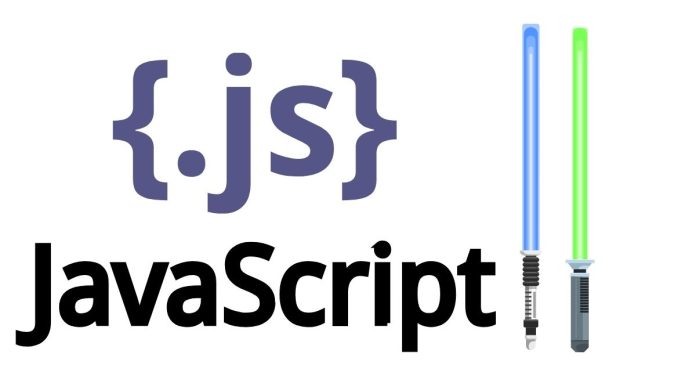JNDI (Java Naming and Directory Interface) is an API in Java that allows Java applications to interact with various directory services, such as LDAP (Lightweight Directory Access Protocol), DNS (Domain Name System), and other naming or directory services. JNDI provides a unified interface for looking up resources like databases, messaging services, and even objects in a networked environment.
Key Features of JNDI:
- Naming and Directory Services: JNDI provides the ability to look up objects by their names in a directory service, enabling applications to find resources in a network.
- Platform Independence: It abstracts the underlying directory services, allowing Java applications to work with different naming and directory systems without needing to understand their specifics.
- Flexible Object Lookup: JNDI can be used to look up a wide variety of objects (e.g., EJBs, data sources, connection pools, etc.).
- Integration with Enterprise Systems: JNDI is commonly used in enterprise applications, especially in Java EE (now Jakarta EE) environments to connect to resources like databases, message queues, and other services.
Common Use Cases:
- Resource Lookup: Finding data sources, JMS (Java Message Service) connections, EJBs (Enterprise JavaBeans), etc.
- Service Discovery: Retrieving objects or services from a directory, enabling dynamic service discovery.
- Naming Services: Mapping object names to their respective resources, enabling easy access within distributed systems.
Example of JNDI Usage:
import javax.naming.*;
public class JNDIExample {
public static void main(String[] args) {
try {
// Get an initial context (which connects to the directory)
InitialContext ctx = new InitialContext();
// Look up a resource, e.g., a data source by its name
DataSource ds = (DataSource) ctx.lookup("jdbc/myDataSource");
// Use the DataSource
Connection conn = ds.getConnection();
// Perform database operations...
} catch (NamingException e) {
e.printStackTrace();
}
}
}
In this example, jdbc/myDataSource would be a name bound in a directory service (like a JNDI server), and the application can look it up using JNDI to access the corresponding database connection.
In summary, JNDI provides a flexible and powerful mechanism for accessing and managing network-based resources in Java applications.


